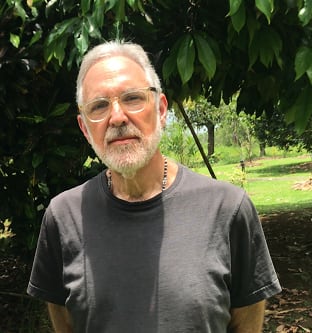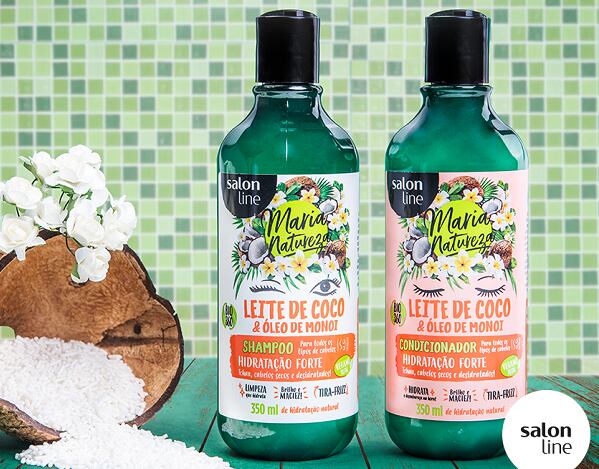The Soil Carbon Initiative (SCI) is described as an outcome-based, verifiable standard that helps tackle the threat of climate change by transitioning farmers to techniques that help improve soil health and build soil carbon through regenerative agricultural practices.
Worldwide it has been documented that soil health is in decline, while industrial agricultural practices are responsible for huge amounts of pollution that are impacting the environment and contributing to climate change.
The SCI has one very simple, yet bold ambition: to reverse climate change.
Although the new standard could make a significant impact on the food industry, the growing trend for natural and organic cosmetic and personal care is seeing huge demand for botanical-based formulations, which means the initiative also reaches out to this industry in no small way.
An affordable simple initiative, with impact
Launching in late 2019, the SCI standard aims to be affordable and simple, while also being both farmer- and business-friendly.
The SCI put out a press release with specific details about the initiative, which can be viewed by clicking here.

But to dig a little deeper on the new standard, Cosmetics Design spoke to SCI co-founder Tom Newmark, who has made a significant contribution as a member of the Design Team for the standard.
Tom co-founded the Carbon Underground with Larry Kopald, an organization that, together with Green America and a number of major players in the food and personal care industries, have been the driving force behind the standard.
Here Tom explains more about the development of the standard, what it means to both farmers and businesses, how it relates to the cosmetics personal care industry, and what the ultimate goals of the initiative are:
How did the standard come about and what does it means to both farmer and related industries?
I did not personally develop the standard, although I poured my POV into its development. The standard was developed through a collaboration of a Design Team and a panel of agronomists, ranchers, farmers, and NGO leaders. The Design Team is comprised of two representatives from The Carbon Underground, which is respresented by Larry Kopald and myself, one from Green America, fronted by its CEO, Alisa Gravitz, and one each from three companies - Danone, Ben&Jerry’s/Unilever, and MegaFood.
Can you explain a little more about the 150 stakeholders you have been working with to get the project off the ground? Who are they?
They represent a broad cross section of concerned agronomists, environmentalists, consumers, corporations, farmers, and ranchers. They have come together to help create this guidance on what it means to produce agricultural products (foods and textiles) regeneratively.
The focus seems to be on food, but what about stakeholders from non-food areas such as supplements and the cosmetics industry? How will the standard work for them?
It’s designed to work with ALL agriculture, and supplements and cosmetics of course are sourcing natural ingredients that are often “grown” vs. wildcrafted. MegaFood is a supplement company and it was on the Design Team, so I know at least that one supplement company is already on board. I feel confident that cosmetics companies will welcome this clarity about regeneratively sourced ingredients
What would you most want this new standard to represent once it comes in to play?
It will guide farmers, ranchers, and supply chains to focus on OUTCOMES, NOT PRACTICES. We want this standard to be the unifying regenerative standard for everyone, regardless of special practices. It works for conventional, organic, biodynamic, agroecological - all practices. We want the standard to make it easy and inviting for all producers - it is nonjudgmental and in fact agnostic about how you farm. It’s concern is with ecological outcomes.
Currently the SCI is looking for feedback from a broad spectrum of decision makers, from those in the agricultural sector, to major players in the supply chain. If you would like to share your opinion public comment is invited until April 15th, 2019: please click here and fill out the form




